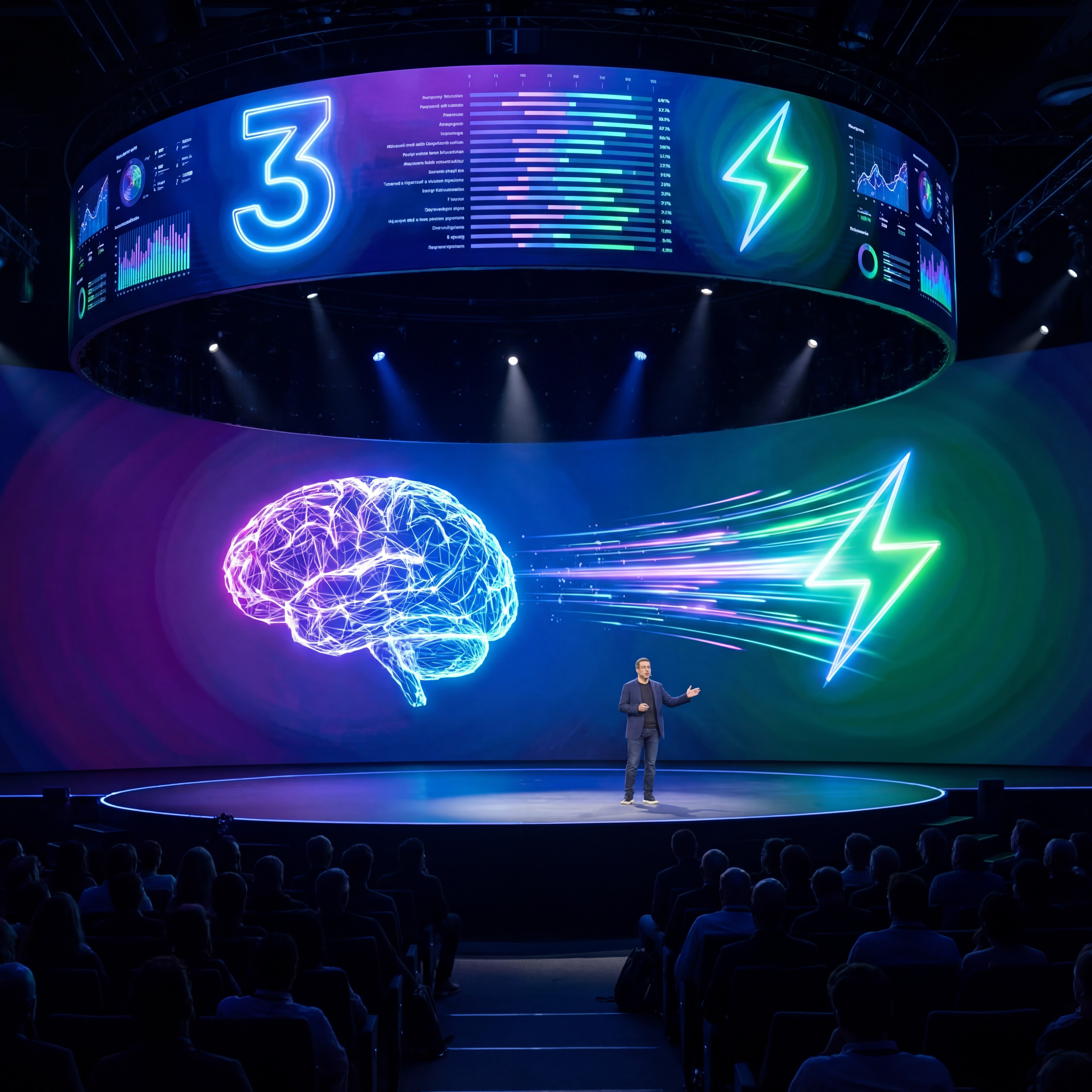In a bold fusion of robotics, renewable energy, and engineering imagination, Kawasaki Heavy Industries has unveiled Corleo, the world’s first hydrogen-powered robotic horse. This innovative machine, which gallops like a real horse, represents a breakthrough in mobility technology and a fresh look at how robotics could integrate into both industrial and everyday applications. Corleo is not just a demonstration of advanced mechanics; it embodies Kawasaki’s vision for a sustainable, hydrogen-driven future.
Corleo has been designed with one central idea in mind: to combine mobility that mimics living creatures with clean energy systems. The machine’s hydrogen fuel cell provides a lightweight, high-energy power source, enabling it to move freely without the environmental costs associated with traditional combustion engines or the limitations of heavy battery packs. By relying on hydrogen, Corleo offers an extended range and rapid refueling, a key advantage over purely battery-electric robots. This emphasis on hydrogen aligns perfectly with Kawasaki’s broader corporate focus on creating a “hydrogen society” where renewable hydrogen fuels drive industries, transportation, and robotics.
The robotic horse is designed to move like a living animal. It has articulated legs with joints modeled on a horse’s biomechanics, allowing it to trot, gallop, and turn with surprising fluidity. Engineers have incorporated advanced control systems that integrate sensors, AI-driven stability algorithms, and actuators that adapt dynamically to the terrain. Whether moving across smooth urban surfaces, grassy fields, or uneven paths, Corleo adjusts its gait automatically, making it a highly versatile form of locomotion. This level of adaptability demonstrates a significant step forward in legged robotics, which traditionally have been slow or unstable compared to wheeled or tracked machines.
Hydrogen power makes this robot more than just a mechanical showcase. It illustrates how energy innovation can influence the design of next-generation robots. A major challenge for mobile robots is balancing power consumption with long-range autonomy. While batteries are common, they are heavy and require frequent recharging. Corleo’s hydrogen fuel cell system overcomes these obstacles, allowing the robot to operate for extended periods while maintaining high torque output. Refueling with hydrogen takes minutes, unlike hours needed for battery charging, making Corleo ideal for applications that demand endurance.
Beyond the spectacle of a galloping robotic horse, Kawasaki envisions practical applications for Corleo in a variety of sectors. In agriculture, Corleo could serve as a mobile utility platform, transporting equipment and supplies across difficult terrain without damaging fields. In logistics, it might operate in environments that are inaccessible to traditional vehicles, such as forests, disaster zones, or remote industrial sites. For military and security use, its silent, emissions-free hydrogen engine combined with its ability to navigate complex ground conditions offers unique tactical benefits.
One of the most intriguing prospects is Corleo’s potential use in human interaction and mobility assistance. Kawasaki has hinted that future versions of Corleo could be adapted to carry people or provide mobility support for those who need assistance traversing outdoor environments. Unlike traditional wheelchairs or motorized carts, Corleo’s legged locomotion would allow it to cross uneven ground without difficulty, offering a new level of freedom and inclusivity.
From a technological standpoint, Corleo represents a convergence of several fields: robotics, biomechanics, artificial intelligence, hydrogen energy, and autonomous systems. Its onboard AI enables decision-making in real-time, allowing it to react to environmental obstacles, maintain balance, and plan paths dynamically. This level of autonomy is crucial for robots intended to function in unpredictable conditions, where human supervision is limited.
Kawasaki’s unveiling of Corleo also signals a strategic direction in robotics. Many companies are focusing on humanoid robots or autonomous wheeled vehicles, but Kawasaki’s choice to develop a legged, horse-inspired design showcases a belief in alternative mobility solutions that prioritize terrain flexibility and energy innovation. Corleo may well set a precedent for future biomimetic machines that prioritize renewable energy over fossil fuels and mechanical versatility over simple speed.
As hydrogen infrastructure develops worldwide, Corleo’s significance could expand even further. A future where robots powered by clean hydrogen collaborate with humans in industries ranging from agriculture to healthcare might no longer be a distant dream. Kawasaki, already a key player in hydrogen storage and supply technologies, is uniquely positioned to lead this transformation.
The reveal of Corleo has captivated the public imagination, blending science fiction aesthetics with practical utility. It demonstrates that robotics is no longer confined to factories or laboratories. Instead, robots like Corleo are entering a phase where they become partners in human life, enabled by clean energy, adaptive design, and artificial intelligence.
Corleo is more than a technological milestone—it is a statement about the kind of future Kawasaki envisions: one where machines powered by sustainable energy systems move harmoniously alongside people, blending advanced robotics with a deep respect for the environment.
NEVER MISS A THING!
Subscribe and get freshly baked articles. Join the community!
Join the newsletter to receive the latest updates in your inbox.





